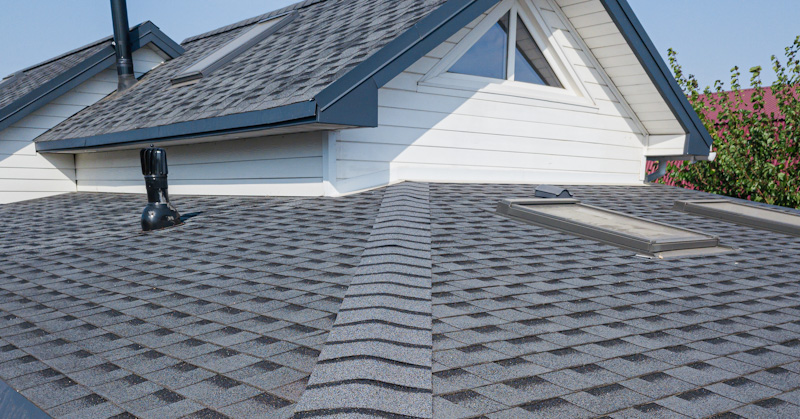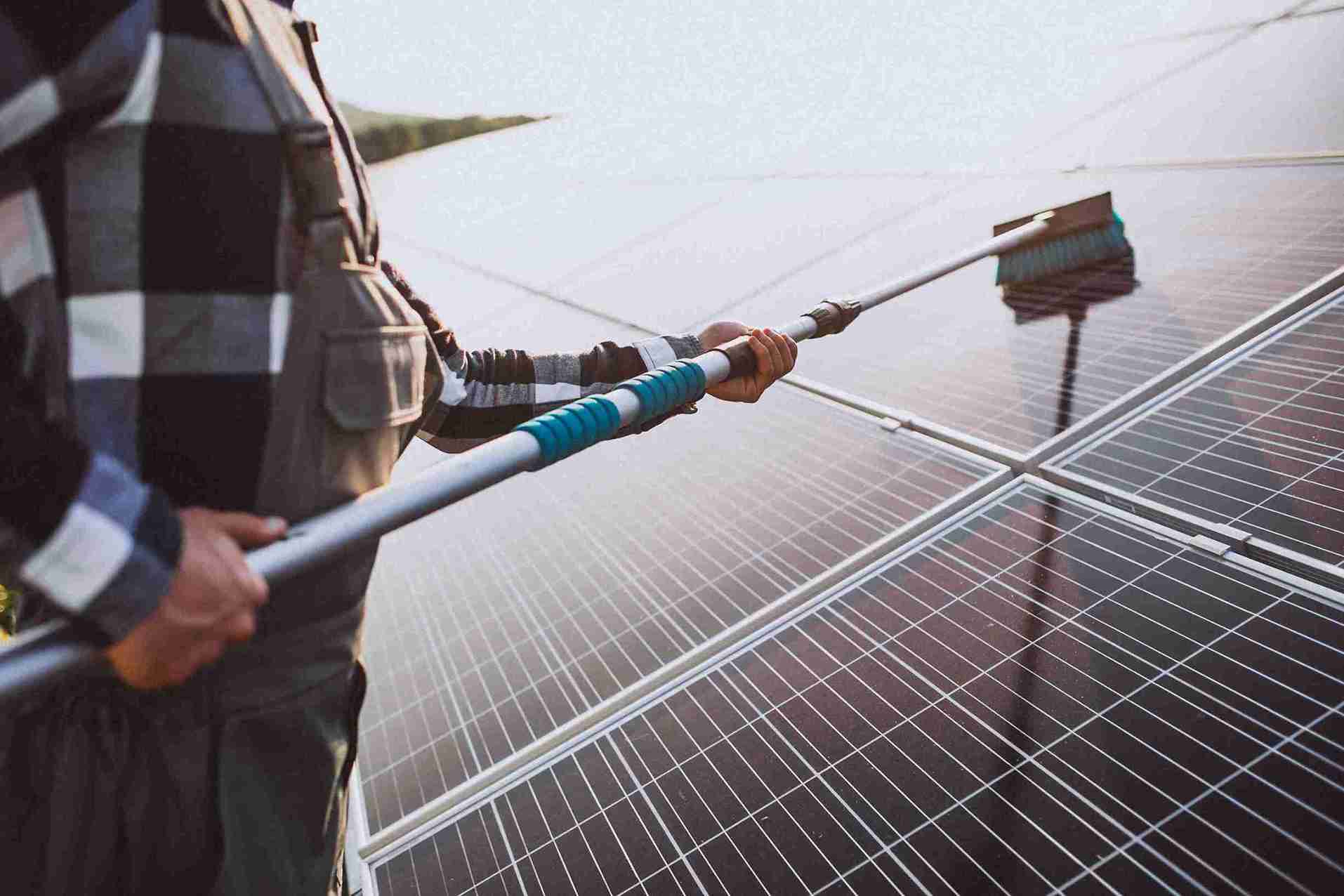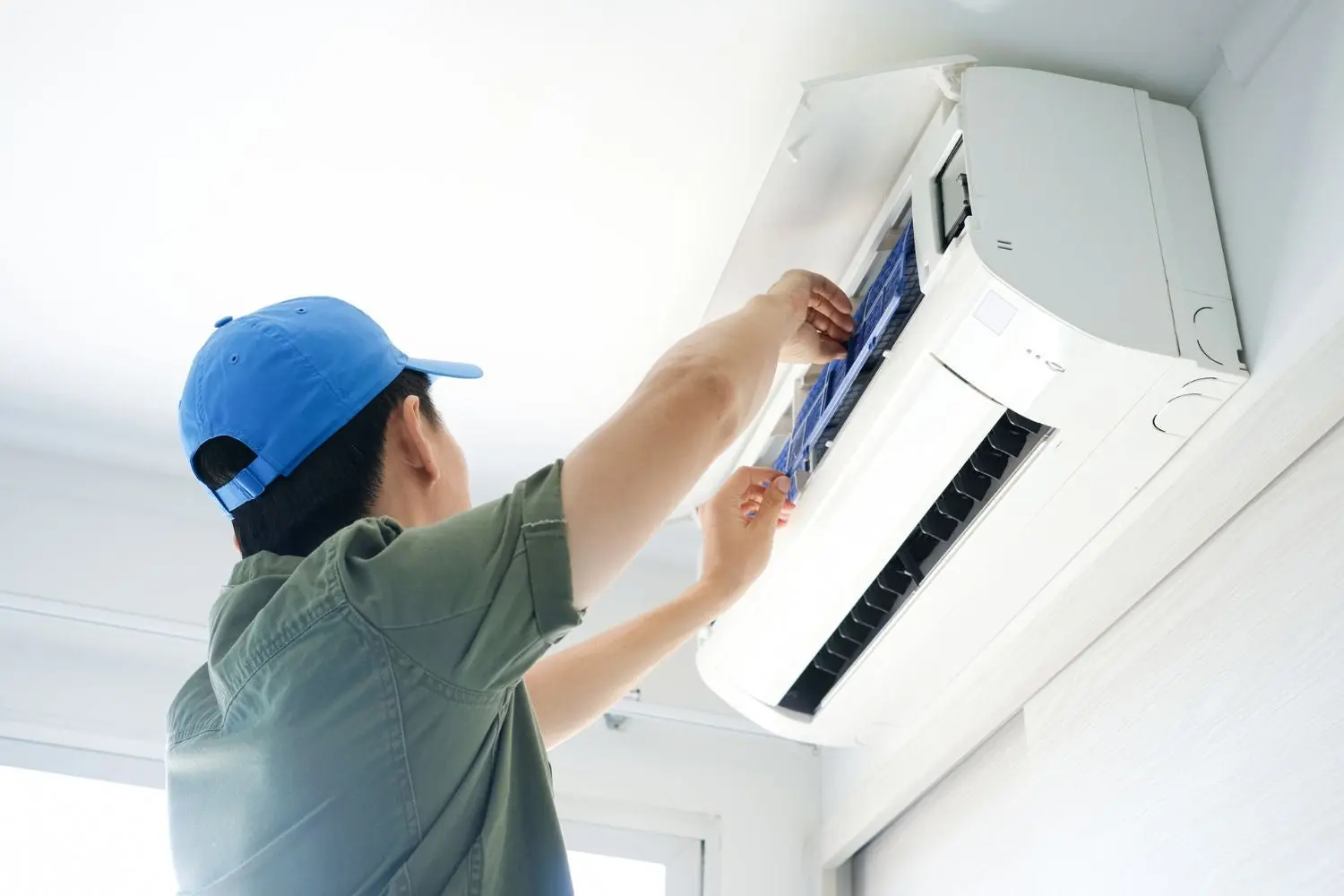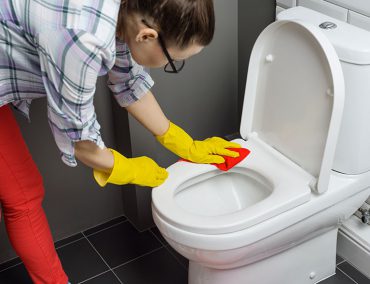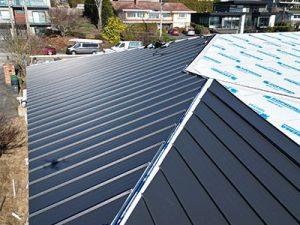Taking on do-it-yourself (DIY) projects can be incredibly rewarding, allowing homeowners and office managers to personalize their spaces, save on labor costs, and learn new skills. Yet, the excitement of building must be balanced with the duty to stay safe. Each year, thousands of injuries result from avoidable DIY accidents at home and in office settings. Whether you’re hanging shelves, rewiring a socket, or renovating an entire room, following proper DIY safety tips is essential to ensure that your projects go smoothly—and safely.
Understand the Project Before You Begin
The first rule of any DIY endeavor is thorough preparation. Before picking up a single tool, take the time to fully understand the scope of your project. Research tutorials, study instructional guides, and create a checklist of all necessary materials and steps.
This is especially important for electrical or plumbing work, where errors can lead to costly or even hazardous outcomes. For instance, improper wiring may not only cause electrical failures but also increase the risk of fire. When in doubt, consult a professional or bring in a licensed contractor for high-risk tasks.
Invest in the Right Tools—and Use Them Properly
Using the wrong tool for a job is a common source of injury. Cheap or makeshift solutions might seem like a money-saver at first, but they often lead to accidents or damaged materials. Ensure that you’re using high-quality tools designed for your specific task, and always read the manufacturer’s guidelines.
Many injuries occur because users don’t understand how to properly handle tools like circular saws, nail guns, or even power drills. For example, when using a power drill, maintain a firm grip and be aware of the material you’re drilling into to avoid sudden kickback.
Recommended Products for Safety:
Non-slip work gloves – to improve grip and protect your hands.
Safety goggles – to shield eyes from flying debris or chemical splashes.
Dust masks or respirators – especially when sanding, painting, or working with insulation.
Hearing protection – when operating loud power tools.
Work in a Safe and Organized Environment
Cluttered workspaces increase the likelihood of accidents. Whether you’re working in a garage, office maintenance room, or backyard, clear the area of any obstacles before starting your project. Ensure good lighting, and where possible, work in well-ventilated areas—especially when using adhesives, paints, or solvents.
In office settings, use warning signs or barriers if you’re performing work in shared spaces to prevent trips or accidental interference.
Pro Tip: Keep a fire extinguisher, first aid kit, and emergency contact list nearby at all times during DIY projects.
Electrical Safety is Non-Negotiable
One of the most dangerous areas of DIY involves electrical work. Always turn off the power at the breaker before starting any electrical task. Use voltage testers to confirm circuits are not live. Never attempt electrical modifications unless you’re confident in your understanding of wiring, current ratings, and grounding.
Be cautious with extension cords—do not overload them or run them under carpets where they may overheat unnoticed. For long-term projects, use heavy-duty, grounded extension cords that meet electrical safety standards.
Ladder and Height Precautions
Falls are one of the most common causes of DIY-related injuries. When using ladders or scaffolding:
- Ensure you keep three points of contact at all times—typically two feet and one hand.
- Set the ladder on firm, even ground to ensure stability.
- Never overreach—move the ladder as needed.
- Avoid using ladders during windy conditions if you’re working outdoors.
If you’re working on the roof or upper-story windows, consider using a safety harness or having someone assist you for added security.
Wear the Right Gear for the Job
Personal Protective Equipment (PPE) isn’t just for professionals. Home and office DIYers should also be equipped with appropriate gear. Depending on your task, this may include:
Hard hats for overhead construction.
Steel-toe boots to prevent foot injuries from dropped items.
Protective clothing for chemical or heat exposure.
Knee pads for flooring or low-to-the-ground work.
Quality PPE products from reputable brands can significantly reduce your risk and improve comfort and performance.
Know When to Call a Professional
One of the most important safety tips for any homeowner or office facility manager is recognizing your limits. If a project seems overwhelming or outside your area of expertise—especially when dealing with structural changes, gas lines, or major electrical work—it’s best to bring in a professional. Not only does this ensure safety, but it also protects your property from long-term issues and code violations.
Final Thoughts
DIY projects offer a fantastic opportunity to improve your home or office while developing practical skills. However, safety must remain a top priority. By preparing properly, using the right tools and protective gear, and knowing when to seek help, you can ensure that your DIY experiences are not only productive but also injury-free.
Remember: A successful DIY project is one that leaves both your space—and you—in great shape – gstarboard.com.

